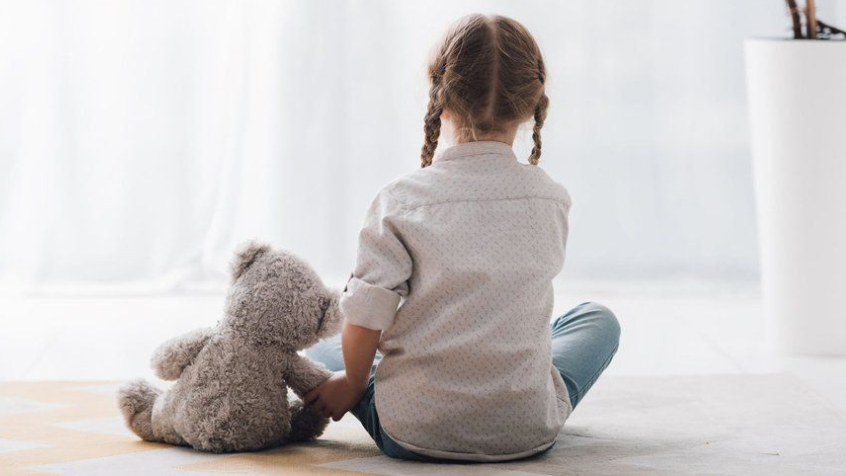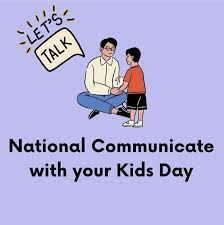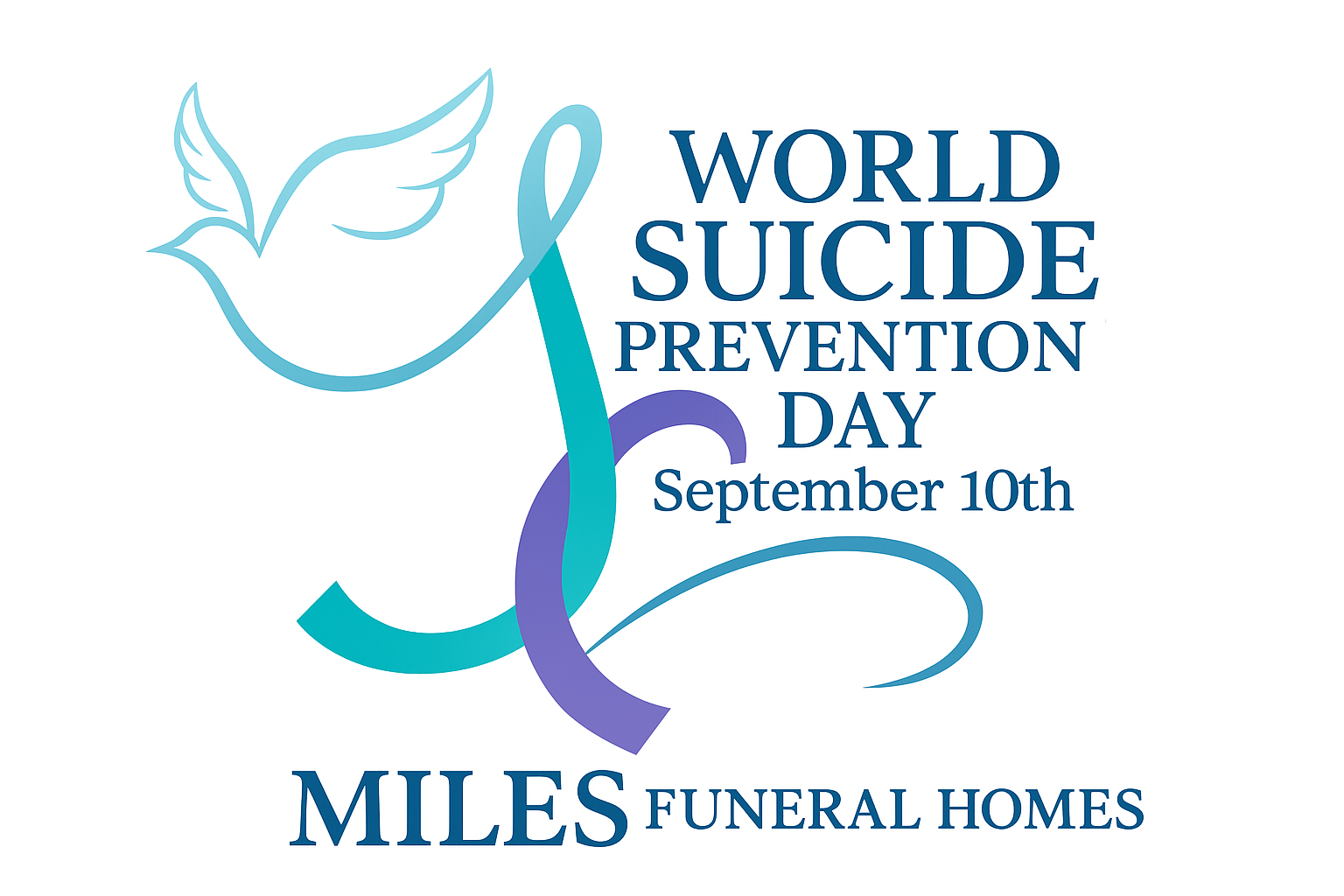Preparing yourself to support grieving children

Today, November 20th is the 17th annual remembrance of National Children’s Grief Awareness Day. The National Grief Awareness organization poses these as the goals for today’s commemoration.
- Raise awareness of the impact of death on children
- Raise awareness of the benefits of support for grieving children
- Provide information in order to increase the general knowledge of the needs of grieving children
- Make resources available to raise this awareness and increase this knowledge
Children's Grief Awareness Day seeks to bring attention to the fact that often support can make all the difference in the life of a grieving child. It provides an opportunity for all of us to raise awareness of the painful impact that the death of a loved one has in the life of a child, an opportunity to make sure that these children receive the support they need.” About Children's Grief Awareness Day
Children’s Grief Awareness Day invites all of us to recognize the unique needs of grieving children and to understand why our support matters so deeply. Too often, children experience disenfranchised grief, with their losses minimized, overlooked, or misunderstood. Today reminds us to do better: to learn how to walk alongside children in their grief and to commit ourselves to ensuring they receive the care, attention, and compassion they deserve.
At a recent training for bereavement support staff, I revisited some of the most common myths surrounding children’s grief. These misconceptions are an important starting point for anyone seeking to better understand how to support a child after a death loss.
Myth: Children grieve just like adults.
Truth: Children grieve in spurts, they may cry one moment and play the next. This is normal and shows how children cope with big feelings in small doses.
Myth: If a child isn’t crying, they aren’t grieving.
Truth: Grief shows up in many ways, through behavior, play, artwork, or even physical complaints. A lack of tears doesn’t mean a lack of grief.
Myth: Children are too young to understand death.
Truth: Even young children sense when something has changed. While their understanding depends on their age, simple and truthful explanations help them feel secure.
Myth: Talking about death will frighten or harm them.
Truth Silence or secrecy often creates more fear. When adults talk openly and calmly, children feel supported and less alone.
Myth: It’s kinder to use phrases like gone to sleep or passed away.
Truth: Euphemisms can confuse or even scare children (for example, they may become afraid of going to sleep). Clear words like died help children understand reality.
Myth: Children should be kept away from funerals or memorials.
Truth With gentle preparation, children often find comfort in being included. Participation can help them say goodbye and feel part of their family’s grieving process.
Myth: We should wait until children ask questions.
Truth: Some children may not ask yet still wonder or worry. Adults can gently open the conversation and invite questions at the child’s pace.
Myth: Adults need to have all the answers.
Truth: It’s okay to admit, “I don’t know.” What matters most is honesty, presence, and the reassurance that the child is loved and not alone.
Another important primer for developing greater awareness of children’s grief is in understanding the work of grief that children face and how we can support this work.
Six Healing Tasks for Children Experiencing a Death Loss
- • Acknowledging the Reality of Death
Help children recognize and express that the person has died, both through words and feelings, rather than keeping it inside.
- • Facing the Pain of Loss with Support
Encourage children to feel the sadness of the loss while receiving care and comfort, physically, emotionally, and spiritually from trusted adults.
- • Remembering the Relationship in New Ways
Support children in shifting their connection with the deceased from being physically present to holding memories and appreciation in their hearts.
- • Building a New Sense of Self
Guide children in understanding and accepting who they are in a life that now continues without the person who died.
- • Finding Meaning in the Experience
Help children place the loss in a larger context, making sense of it in ways that support hope, understanding, or personal growth.
- • Maintaining Ongoing Support from Adults
Ensure children continue to have caring, stable adults in their lives who provide reassurance, guidance, and a safe space for healing over time.
We cannot escape death; it is woven into the world around us, visible in the changing seasons, in the cycles of plant and animal life, and in the losses we experience within our families, friendships, and even in the stories we see in the news. Children look to the caring adults in their lives to help them make sense of these moments. Honest words, gentle explanations, and patient listening offer the safety they need to build trust and resilience as they witness and navigate loss. On this National Children’s Grief Awareness Day, and every day that follows, may we commit ourselves to supporting grieving children with compassion, steadiness, and an open heart.











